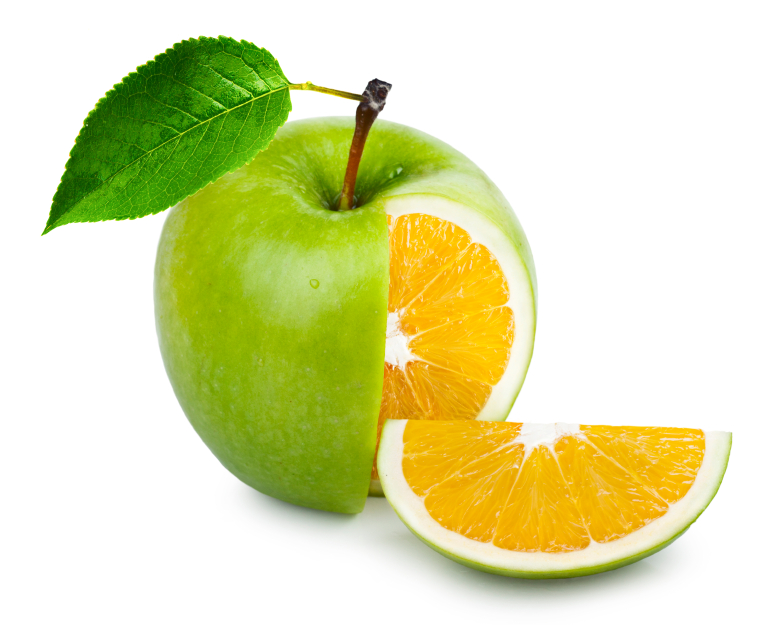By: Geoffrey Rutherford
Many of us are familiar with the term native advertising. If you’ve never heard the term before, what would be your first impression? A type of billboard advertising in a specific region, promoting local businesses? A funky new way of experiential marketing?
Well if you’ve ever read a native advertisement and never realized you were reading a paid placement, the advertiser has partially succeeded at their task. If you actually learned something new, another bonus for them and you. It’s not a typical ad promoting a company’s service or product, so if it sparked an interest that made you seek out whatever they were selling…you get where we’re going with this.
Native advertising is:
- paid placement of content in places where it is inline with usual content found on a third-party site. It allows for a unique engagement between the targeted reader and the advertiser.
- the most common forms of native advertising are sponsored blog posts, sponsored Facebook posts, and sponsored articles.
- the majority of brands tend to create the content in native advertising campaigns, but publishers often produce the content
So what’s the big deal?
Some content marketers have very passionate views about drawing the line between the two mediums. As content marketing is the strategic use of content to attract a target audience, the ultimate goal is to have ownership of the content, as opposed to leasing it.
While at a conference this year, some of our team witnessed a very lively impromptu debate with two attendees. A content marketer became quite perturbed when the other person (who seemed to be in the advertising industry) made a cliche comparative statement about native advertising verse content marketing.
Who knew saying “tomato, tomahto” could ignite such a heated discussion. “It’s still content!”, was the repeated stance of the advertising pro. Trying to convince the content marketer that the two mediums were basically the same thing only made things crescendo into a war of wits and industry jargon. In the end, a by-stander sipping on their coffee finally stepped in and pointed out that the two methods were obviously different because one was paid placement and one wasn’t, but if used in conjunction with each other, could be a highly effective way to engage a target audience. Needless to say, that point of common-ground quickly nullified the debate, and they walked away like two deflated gunslingers whose pistol duel was just vetoed by the town’s Justice of the Peace.
Can’t we all just get along…
Some say native advertising is merely the updated online version of advertorials. Perhaps that could be the case, but ultimately does there need to be more of a discourse on the differences between the two? In the end they both do similar things in terms of providing useful information, and they can also be done very well or be executed horribly. Arguably, native advertising might not be used as part of a content strategy, but it could be a useful component in an overall marketing strategy that includes content marketing. It is not unheard of for companies to use content marketing while paying for Google Ads or YouTube advertising, so why spend our energy trying to further define the two. As marketers, our duty is to expand brand awareness and bring our defined audience into the fold.
The more dynamic our approach, the more successful the outcome. So let’s try and utilize the tools that make sense for our marketing arsenal to be victorious in the good fight.
The moral of the story.
- Content Marketing is useful and relevant content placed on one’s own platform or another platform at no cost. If money is paid to place the content of value on a third-party platform, then it’s native advertising
- Both have their respective place in the marketing world, but they are two different methods of marketing
- Despite the differences between the two, they can both be used effectively to market a brand as part of a defined strategy
- Now shake hands and play nicely 🙂




